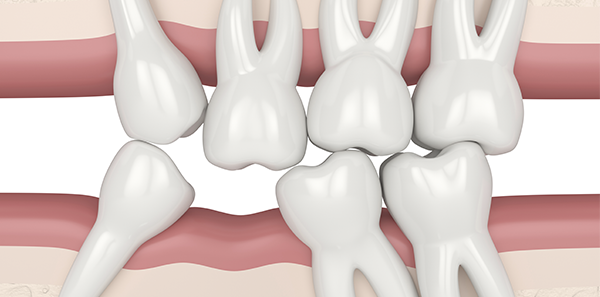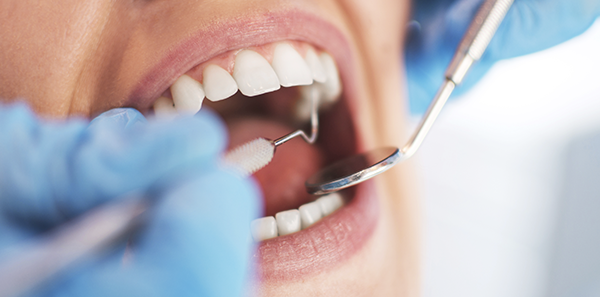
Saliva plays an important role in oral health. It acts to protect against bacteria and fungi, transport of nutrients and digestive enzymes, lubrication of the oral cavity and remineralisation of the teeth, as well as helping to chew, swallow and speak.
Xerostomia is defined as the subjective perception of dry mouth. The perception of a dry mouth is sometimes but not always accompanied by a reduction in salivary flow.
It can harm oral health and quality of life of the patient. Symptoms of xerostomia include halitosis (bad breath), mouth pain and burning, difficulty swallowing and speaking, and taste disturbances (early clinical manifestations).
When this salivary hyposecretion is maintained over time, it can increase the risk of tooth decay and contribute to periodontal diseases and oral infections such as candidiasis (infection caused by the fungus Candida albicans).
It is especially common in the elderly and in patients who are taking a large number of drugs. It is a common pathology, affecting one in ten elderly people in Spain.
The causes that can trigger xerostomia include:
- Alcohol consumption.
- Smoking.
- Patients taking multiple drugs.
- Medications such as pain relievers, antihistamines, antidepressants, anxiolytics, or antihypertensives.
- Diseases such as diabetes, Parkinson’s and some psychological processes such as stress, anxiety, depression or anorexia nervosa.
- Chemotherapy and radiation therapy.
Diagnosis
When the patient comes to the consultation we ask questions such as “Does your mouth feel dry when you eat? How often does your mouth get dry? Do you drink liquids to help you swallow dry food?”
In clinical intraoral examination, it is important to evaluate the intraoral soft tissues for the presence of dry, atrophic or cracked mucosa, as this may also indicate problems with salivary flow.
Measurement of actual saliva flow can also be performed to assess salivary function. A normal unstimulated flow rate of 0.1 – 0.2 ml/min is considered abnormally low (normal is over 0.25 ml/min).
Xerostomia is related to other oral symptoms that can negatively affect quality of life. These patients report other oral symptoms such as a burning sensation in the mouth, an unpleasant taste, bad breath, and painful ulcers.
Treatment
The most important step in treating patients with xerostomia is establishing the correct diagnosis.
Treatment is related to the elimination of the cause, and when this is not possible it will be based on the stimulation of salivary secretion.
It is important to develop an appropriate preventive program to minimise the risk of tooth decay, including regular visits to the dentist, dietary assessment and advice and oral hygiene.
Some of the most common guidelines we give our patients include:
- Hydration: drink between 2 – 3 litres of fluids a day, water or infusions (avoid drinks with added sugars).
- Avoid coffee.
- Reduce smoking and drinking.
- Maintain rigorous oral hygiene.
- Use alcohol-free mouthwashes.
- Chew sugar-free gum or suck on sugar-free candy. Change, reduce or suppress xerostomising drugs (consult a doctor).
If in doubt, consult a dentist and perform annual check-ups.
Dra. Guadalupe González Biset
Dentist and co-director of Clínica Bucodental












